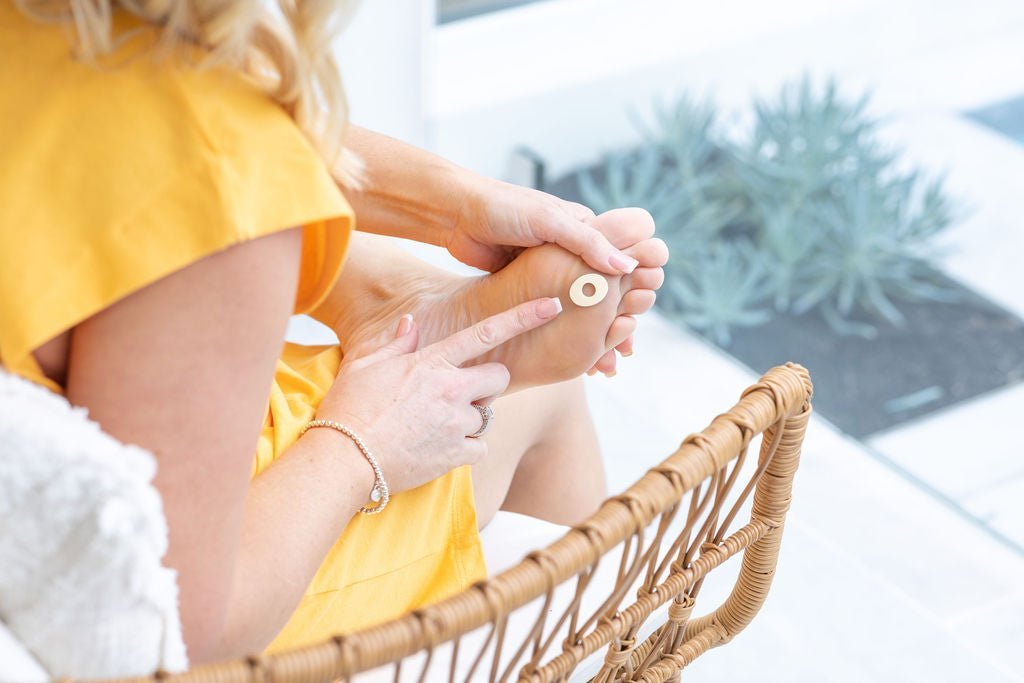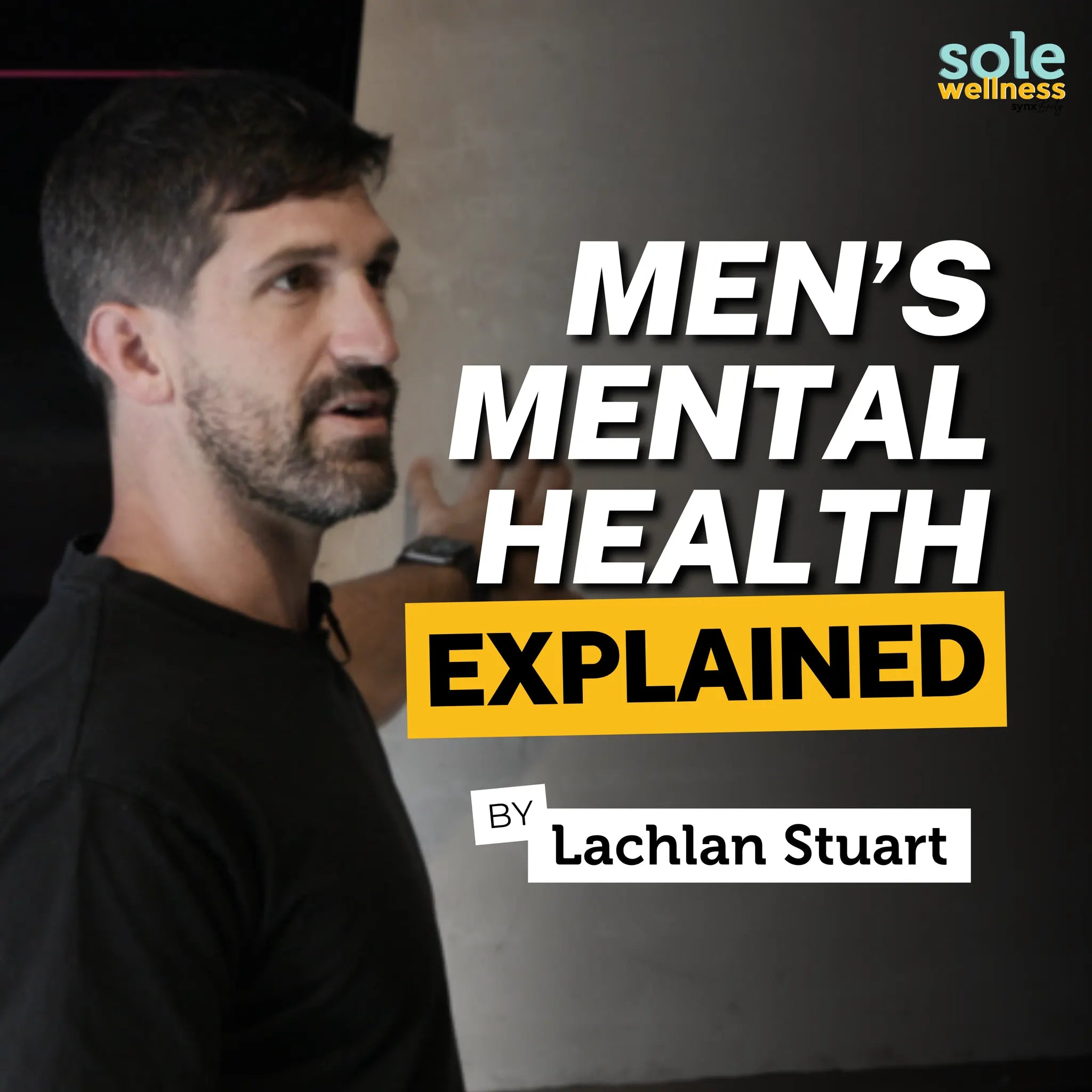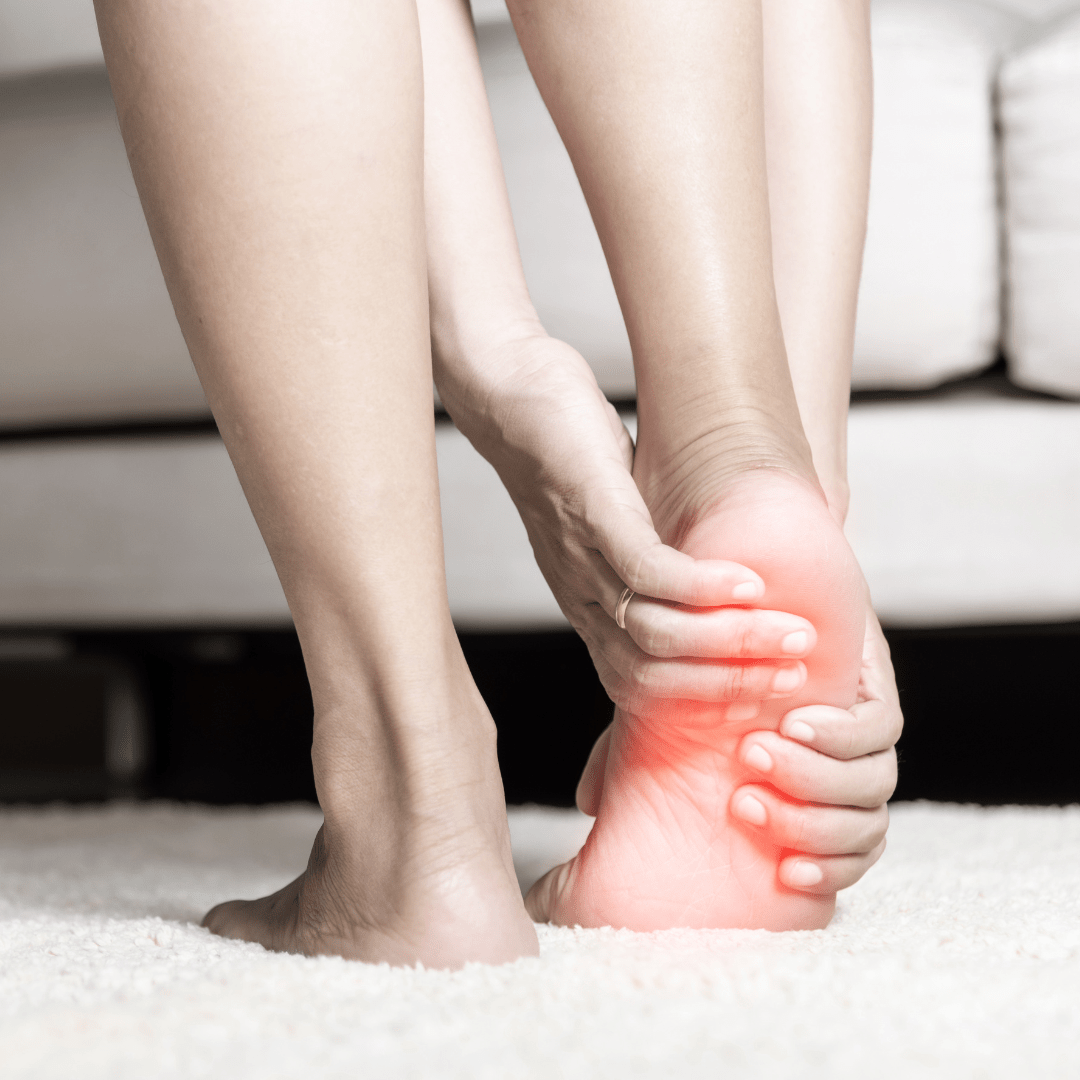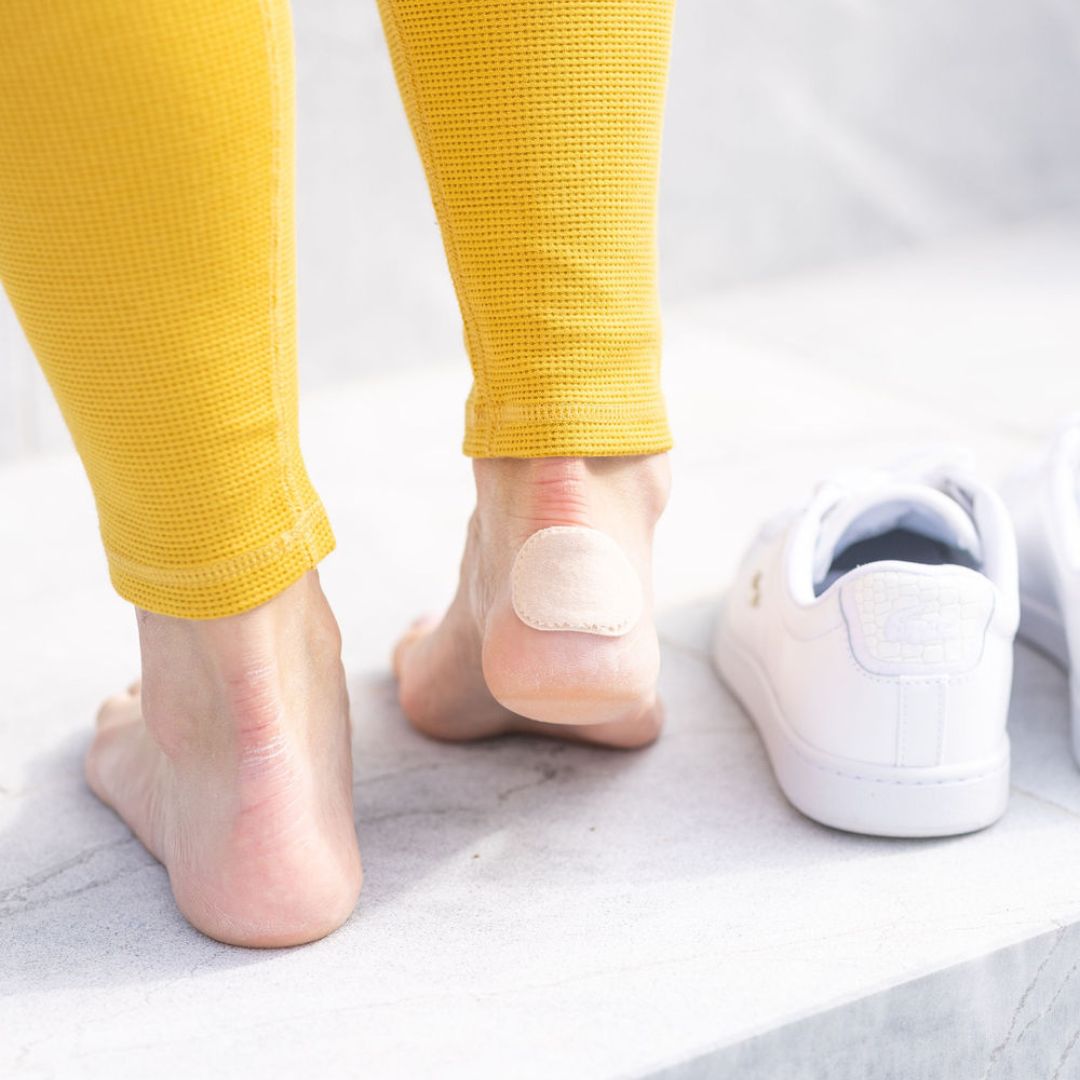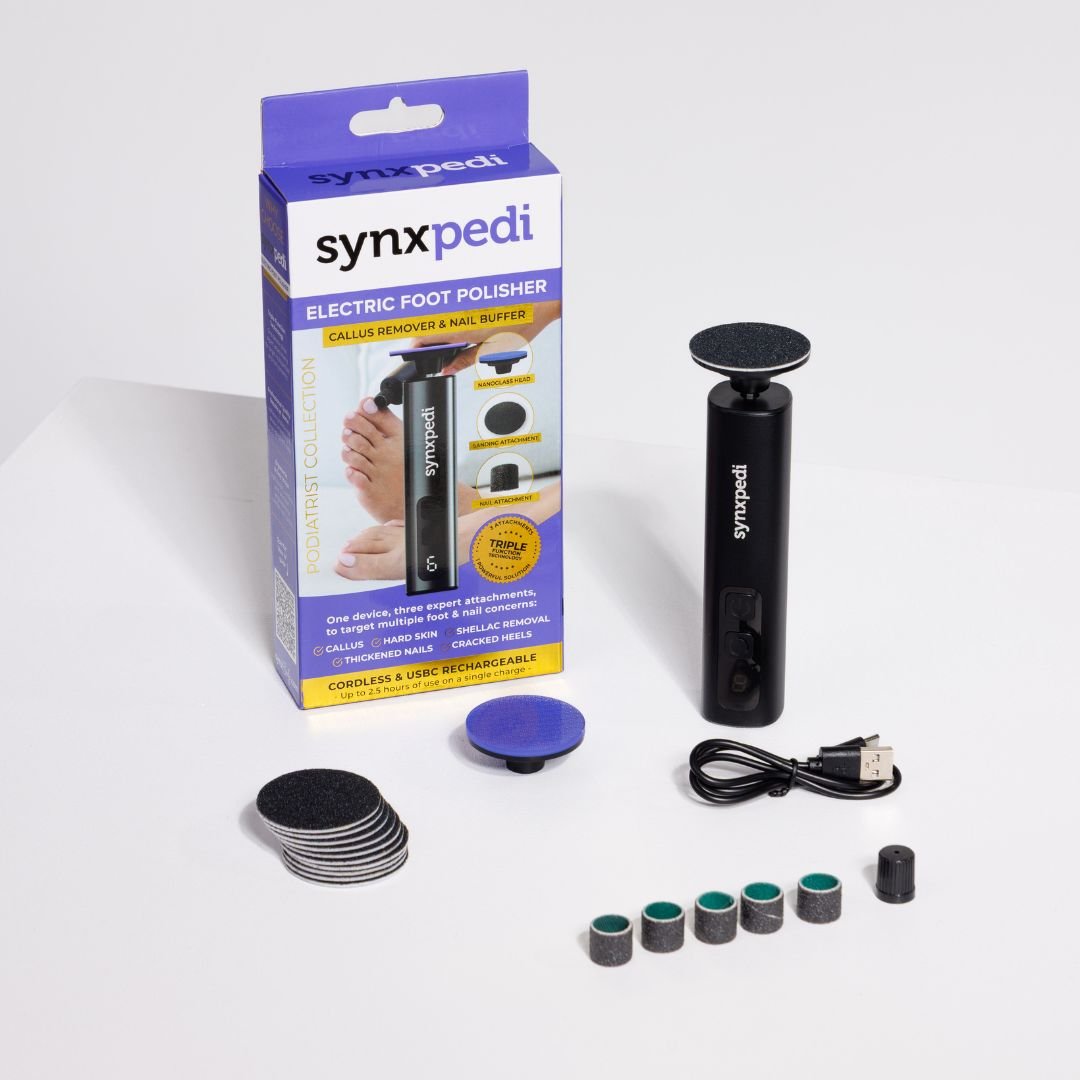What Are Corns and Calluses?
Corns are small, concentrated areas of thickened skin that usually develop on the tops and sides of toes or in between toes. They form in response to friction or pressure, often from tight shoes or toe deformities. Corns can be painful when pressed, as the thickened skin pushes into the underlying tissue.
Calluses, on the other hand, are larger areas of thickened skin that typically form on the soles of the feet, especially on the heels or balls. They develop as a natural response to repeated pressure or friction, often from walking or standing for long periods. Unlike corns, calluses are usually not painful but can become uncomfortable if they grow too thick.
Common Causes of Corns and Calluses
- Ill-fitting shoes: Tight or narrow shoes can compress the toes and create friction, leading to the formation of corns. High heels can also contribute by putting excessive pressure on certain areas of the feet.
- Repetitive friction: Activities that involve repeated rubbing or pressure on the feet, such as running or wearing shoes without socks, can cause calluses.
- Abnormal foot structure: Conditions like bunions, hammertoes, or flat feet can alter the distribution of pressure on the feet, leading to corns and calluses.
- Lack of moisture: Dry skin is more prone to cracking and thickening, which can lead to the development of calluses.
- Activity: Jobs that require prolonged standing or walking, especially on hard surfaces, can increase the likelihood of developing calluses.
Treatments for Corns and Calluses
While corns and calluses can be managed at home, it's essential to use the right products and techniques to avoid complications like infections. Here are some effective treatments:
- Exfoliation and filing: Regularly exfoliating and filing down the thickened skin can help reduce the size of corns and calluses. The Synxpedi Nano Glass Foot Smoother is an excellent tool for this purpose. It's designed to gently exfoliate and file hard skin, leaving your feet silky smooth. This foot smoother is ideal for treating calluses, cracked heels, dry skin, and even corns.
- Moisturising: Keeping the skin on your feet hydrated can prevent the formation of calluses and soften existing ones. The Synxpedi Miracle Foot Mask is designed to exfoliate, hydrate, and nourish your feet. It's perfect for treating dry, cracked heels, calluses, and corns by encouraging healthy skin renewal.
-
Cushioning and protection: Protecting the affected areas from further friction and pressure is crucial for healing.
Synxgeli Moleskin Protectors are ideal for calluses, blisters, and bunions. These self-adhesive protectors provide soft cushioning, reducing discomfort and allowing the skin to heal.
Synxgeli Foam Cushions for Callus & Pressure Spots offer additional protection by shielding calluses and pressure spots from unwanted stress, making it easier to go about your day without pain.
Synxgeli Foam Cushions for Corns & Plantar Warts are specifically designed to cushion and relieve pain from corns and plantar warts. These soft foam cushions deflect pressure, helping to alleviate discomfort. - Proper footwear: Wearing well-fitted shoes with adequate support and cushioning, can prevent the formation of corns and calluses. Consider shoes with a wide toe box to reduce pressure on the toes, and avoid high heels or narrow shoes that can compress the feet.
- Soaking and softening: Regularly soaking your feet in warm water can soften the thickened skin, making it easier to exfoliate and remove. For enhanced results, follow with Synxeaze Heel Balm. Incorporating Synxeaze Heel Balm into your post-soak routine, you’ll not only soften your feet but also deeply moisturise and protect them, ensuring long-lasting smoothness and comfort.
- Debridement: a podiatrist can remove the corns or callus using a scalpel blade, and gently shaving the skin off. This can offer immediate relief, which is a quick and painless procedure. Your podiatrist can also assess the way you walk and suggest changes to your footwear, and sometimes insoles to offload areas to ensure the corns and callus are less likely to come back.
Corns and calluses are manageable foot conditions that can be effectively treated with the right products and care routine. By understanding the causes and taking proactive steps to protect your feet, you can keep them healthy and free from discomfort. Incorporating podiatrist recommended products into your foot care routine, can help you achieve smooth, comfortable feet.
*Remember, if you have diabetes or any underlying health conditions that affect circulation, it's essential to consult with a healthcare professional before attempting to treat corns and calluses on your own.
*Always read the label. Use only as directed. If symptoms persist see your healthcare professional.
